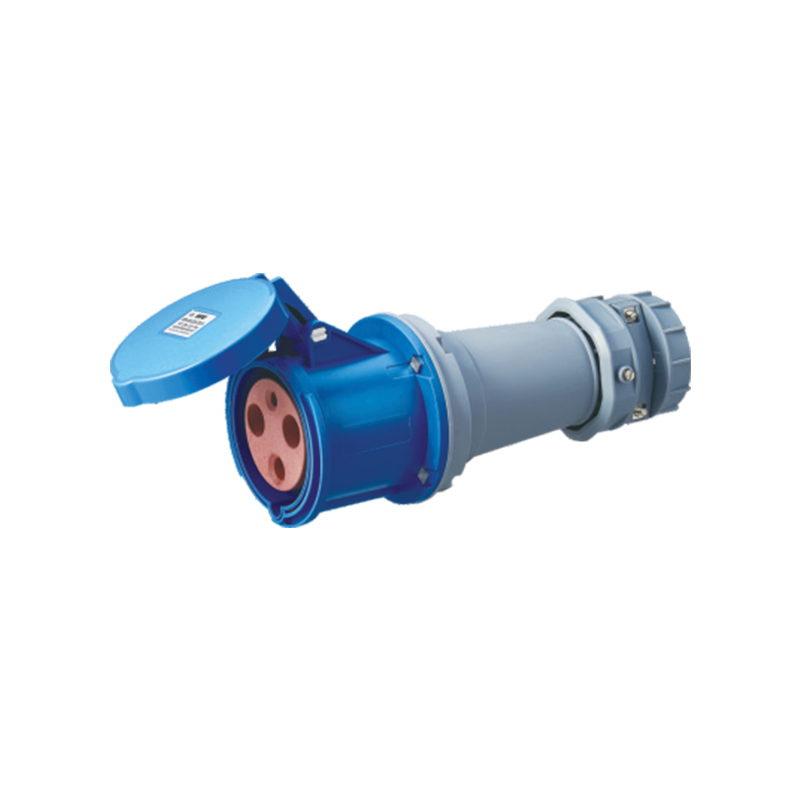Address: No. 199, Weiwu Road, Yueqing Economic Development Zone, Zhejiang Province, China.
When traveling abroad, one of the common challenges faced by many is the need for electrical adapters. This necessity arises from the fact that different countries use a variety of electrical plugs and sockets, pilot to confusion and inconvenience for travelers and expatriates alike. Understanding the reasons behind these differences not only sheds light on the historical context but also emphasizes the importance of safety and compatibility in electrical systems.
Historical Context
The diversity in electrical plugs and sockets can be traced back to the early days of electricity. As countries began to adopt electrical power, each developed its own standards based on local requirements, technologies, and electrical systems. In the United States, for example, the two-prong plug design became commonplace, while the UK opted for a more robust three-prong plug, prioritizing safety and stability. This divergence set the stage for the variety of plug designs we see today.
Over the years, countries have developed their own standards, which often resulted in a lack of uniformity. The International Electrotechnical Commission (IEC) has attempted to establish universal standards, but the adoption of these standards varies significantly by region. Consequently, this lack of standardization has resulted in a plethora of plug shapes and configurations.
Safety Considerations
Safety is a primary reason for the different designs of plugs and sockets. For instance, the UK plug, which features a fuse, is designed to protect appliances from power surges and faults. In contrast, many European plugs prioritize ease of use and space efficiency, often lacking the same safety features. Each design is a reflection of the safety standards and electrical infrastructure of the respective country.
In addition, the use of a safety power box is essential in many regions. This device protects against electrical surges and potential hazards, particularly in areas where the electrical grid may be less stable. Different countries often have varying requirements for the integration of safety devices like power boxes, which can impact the design of their electrical systems. As countries modernize their infrastructure, the emphasis on safety features continues to evolve, prompting ongoing changes in plug and socket designs.
Compatibility Issues
The variety of plugs and sockets creates compatibility challenges, especially for travelers and businesses operating internationally. For instance, an American traveler in Europe must either invest in a travel adapter or purchase an electrical socket accessories kit to ensure their devices can connect to the local infrastructure. This can be an inconvenience and sometimes a costly endeavor, particularly for those who rely heavily on electronic devices for work or communication.
Moreover, the use of adapters can sometimes advance to safety concerns. Incompatible plugs may not fit securely into sockets, pilot to overheating or electrical fires. This underscores the importance of investing in high-quality electrical socket accessories designed for specific plug types. Using proper adapters can mitigate risks and ensure safe usage, making it essential for travelers to understand the electrical systems of the countries they are visiting.
Globalization and Standardization Efforts
In an increasingly interconnected world, the discussion surrounding the standardization of electrical plugs and sockets has gained traction. Globalization has created a demand for uniformity, particularly in the realm of technology. The proliferation of devices that require charging has highlighted the need for a more streamlined approach to electrical connectivity.
Some regions have begun to adopt more universal designs in response to this demand. The Type C plug, commonly known as the Europlug, is becoming more widespread due to its compatibility with various devices. However, the transition to a global standard faces challenges, as countries are often reluctant to change established practices and infrastructures.
The reasons for the differences in electrical plugs and sockets are multifaceted, stemming from historical, safety, and compatibility considerations. As globalization continues to shape the world, the push for standardization becomes increasingly relevant. However, the complexities of national electrical systems, safety regulations, and the legacy of established practices complicate this effort.
For travelers, understanding these differences is essential for navigating the global landscape. Investing in quality electrical socket accessories and ensuring the use of a safety power box can significantly enhance the safety and functionality of electrical devices abroad. As we move forward, ongoing discussions about standardization will play a critical role in shaping the future of global electrical connectivity, ultimately benefiting consumers and businesses alike.







